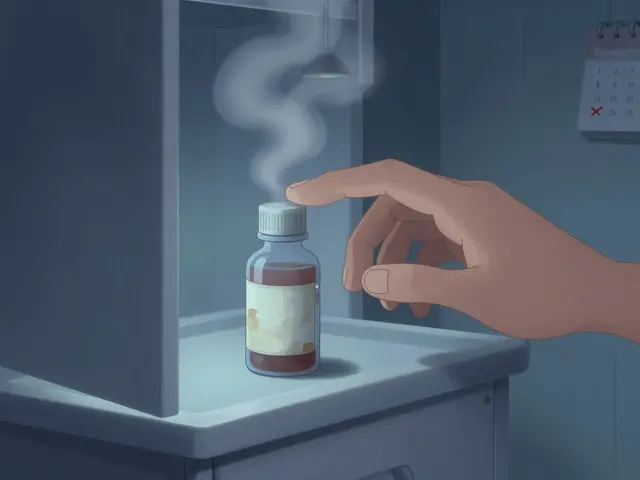Hair regrowth: Practical steps that actually help
Noticed more hair in the drain lately? You're not alone. Hair loss has many causes—genetics, stress, hormones, nutrition, medication, or tight hairstyles. The good news: some things you do now can speed up regrowth or stop further loss. Below are clear, useful actions you can try today and what to expect over the next months.
Medical options that make a real difference
Start with a quick check: get blood tests for thyroid, iron (ferritin), vitamin D, and if needed, hormone panels. If results point to a deficiency, fixing it often helps within 8–12 weeks. For proven treatments, topical minoxidil (2% or 5%) is cheap and widely used—apply daily and expect to wait 3–6 months to see thicker hairs. Oral finasteride is effective for male-pattern hair loss, but talk to a doctor about side effects first. If hair falls out in patches, ask about alopecia areata treatments like steroid injections or topical immunotherapy—those work best early.
Medical procedures can speed things up. PRP (platelet-rich plasma) injections use your blood to stimulate follicles and can show improvement in 3–6 months. Low-level laser therapy (caps or combs) helps some people and is low-risk. Hair transplant surgery gives permanent results for many, but it’s expensive and requires recovery time. A dermatologist can help pick the best mix for your situation.
Lifestyle and scalp care that supports regrowth
Protection matters. Avoid tight ponytails, heavy extensions, and daily heat styling—these cause traction damage that prevents regrowth. Use a gentle, sulfate-free shampoo and skip harsh brushing when hair is wet. Scalp massage for a few minutes daily can boost blood flow and feels good—try oiling once a week if your scalp tolerates it. For diet, eat enough protein, iron-rich foods, and include omega-3 sources like salmon or walnuts. Biotin supplements help only if you’re deficient; megadoses don’t speed hair growth for most people.
Stress fuels shedding, so pick one thing to reduce it—short walks, breathing breaks, or even cutting one extra commitment. Sleep matters: aim for consistent 7–8 hours. Track progress with photos taken every month—hair changes slowly and photos stop you from getting discouraged. If you try a new product, give it at least 3–6 months unless you get irritation.
When to see a professional? If hair falls out suddenly, in large clumps, or you notice scalp redness, severe itching, or scarring—book a dermatologist. Also see one if family history suggests male or female pattern baldness and you want to act early. Quick action and the right combo of medical care plus daily habits give the best chance to regrow hair and keep it healthy.
Explore how Rogaine 2 is changing the hair regrowth game. Discover its benefits, user tips, science, side effects, and see how Aussies are using it.



